The Place Seoul (traditional Korean-style guesthouse) / 멀티스페이스 곳
1.4Km 2025-08-12
52-11, Gyedong-gil, Jongno-gu, Seoul
+82-10-3255-1289
“The Place Seoul” is located in a small alley in Gyedong-gil, Jongno-gu, Seoul. It is a guesthouse made by remodeling an 80-year-old traditional Korean house. The ondol room furnished with traditional beddings is popular not only among foreigners but also among Koreans due to its special ambience. The ceiling of the room dates back to 80 years ago. The rafter put on the roof at the time of construction of the house shows the antiqueness of the house. The toenmaru (a narrow wooden porch running along the outside of a room) that comes alive with the frequent coming and going of people adds to the ambience of the traditional Korean house, with the Sansuyu (corni) tree and vegetable garden beside the Korean-style house creating a leisurely atmosphere.
Beyond being a mere place to sleep in, “The Place Seoul” aims to be a composite cultural space whose motto is “the place to fill.” A simple wedding or a small-scale performance is held in the garden during the day. The rooms can be rented for small meetings.
“The Place Seoul” sponsors “WWOOF KOREA,” an NGO promoting environment-friendly agriculture as well as the right dietary life, “Slow Food Korea,” and “Slow Box.” As such, the place serves a special healthy breakfast consisting of homemade bread, handmade yogurt, and organic fruits and vegetables. In addition, the toilet paper, detergent, shampoo, etc. provided are all environment-friendly products.
“The Place Seoul” is located on Gyedong-gil Road, a famous tourist attraction in Seoul. It offers easy access to Bukchon Hanok Village, which is on the other side of the Gyedong-gil alley, as well as other major tourist attractions within walking distance including Changdeokgung Palace, Gyeongbokgung Palace, Samcheong-dong, and Insa-dong. The convenient location of “The Place Seoul” makes it easy to tour downtown Seoul.
Porte de Sungnyemun (Namdaemun) (숭례문)
1.4Km 2022-08-03
40, Sejong-daero, Jung-gu, Seoul-si
+82-2-779-8547
La Porte Sungnyemun est le Trésor National N° 1, souvent appelée Namdaemun. Etant la plus grande porte en Corée, la Porte Namdaemun a une entrée de la forme d’une arche, au centre d’une plateforme en pierres. Le pillier et le toit sur la plateforme se divise entre une couche supérieure et une couche inférieure. Il y a une porte pour pouvoir passer à chacune des portes à l’est et à l’ouest. Les herbes vertes entourant la plateforme sont la preuve qu’il s’agissait bien du mur d’un château. Lorsque le premier roi de la Dynastie Joseon, Lee Seong-Gye (règne 1335-1408), a construit la ville capitale, il croyait que le feu atteindrait le Palais Gyeongbokgung, de même que la ville capitale, parce que le Mt. Gwanaksan de Séoul à la forme d’un feu, d’après les principes de Feng-Shui. C’est pourquoi, la tablette sur la Porte Sungnyemun a été inscrite verticalement afin de protéger la ville d’un incendie parce que les caractères chinois qu’on écrit dans le sens horizontal, ressemblent à un feu. L’idéographe de la tablette de la Porte Sungnyemun est solennel, élégant, puissant et décent. L’ idéographe est fameux pour le caractère du Prince Yangnyeongdaegun (règne 1394~1462), le premier fils du Roi Taejong (1367-1422) de la Dynastie Joseon. Comme il est situé au centre d’une grande route, c’est difficile de voir de près la Porte Sungnyemun mais on peut la voir facilement quand on prend un autobus ou marche dans la rue. La nuit, la lampe de mercure sous la Porte Namdaemun s’ajoute à sa beauté naturelle.
Vallée de Suseong-dong (수성동계곡)
1.4Km 2025-04-18
185-3, Okin-dong, Jongno-gu, Seoul
Les courants d'eau de la vallée Suseong-dong s'écoulent du mont Inwangsan pour rejoindre la rivière Cheonggyecheon. Le site apparaît dans la peinture "Jangdong Palgyeongcheop" tout comme dans des récits historiques datant de la dynastie Joseon.
Ramada Hotel & Suites by Wyndham Seoul Namdaemun / 라마다 호텔앤스위트 서울남대문
1.4Km 2025-08-12
27, Chilpae-ro, Jung-gu, Seoul
+82-2-775-7000
Ramada Hotel & Suites by Wyndham Seoul Namdaemun is located in Sunhwa-dong, Jung-gu, at the center of Korea’s capital. Its location gives guests excellent access to Seoul’s major tourist sights, and some major sights like Namdaemun Market, the City Hall, Myeongdong, Gwanghwamun Gate, and Deoksugung Palace are reachable on foot. Seoul Station and City Hall Station are located nearby for good access to public transportation. The hotel is often used by international visitors to Seoul.
There are 244 rooms in total, from Superior Double and Twin to Deluxe Double and Twin, Triple, Premier Twin, Quad, Junior Suite Double, Corner Suite, Atrium Suite Family, etc. Facilities include a restaurant, a conference room, a cafe, an underground arcade, and a currency exchange kiosk. The business center offers copying, printing, scanning, and fax services. Up to 2 dogs can be brought into the room, but dogs carry a surcharge for cleaning per day and dog.
Musée du noeud Dong-Lim (동림매듭박물관)
1.4Km 2021-03-27
10, Bukchon-ro 12-gil, Jongno-gu, Seoul-si
+82-2-3673-2778
Le musée du noeud Donglim ouvert en avril 2004 vous fait découvrir les noeuds décoratifs traditionnels coréens maedeup comme le norigae pour le hanbok, mais vous pourrez aussi y voir des ceintures et bourses traditionnelles et des matériaux comme du fil, de la corde ou encore des accessoires. Situé dans une maison traditionnelle hanok, on y trouve plusieurs créations, anciennes et modernes, ainsi que des créations qui reflètent les tendances d'aujourd'hui.
Korea Stamp World (우표문화누리)
1.4Km 2021-03-18
70, Sogong-ro, Jung-gu, Seoul-si
+82-2-6450-5600
Korea Stamp World se situe au 2ème sous-sol du bureau de poste central à Séoul. Le musée fait découvrir aux visiteurs le monde des timbres poste. C'est aussi devenu un endroit où les amateurs de philatélie viennent échanger leur idées et partager leur passion.
Korea Stamp World est divisé en quatre parties: la Galerie de l'Histoire du Service Postal, la Galerie de Découverte des Timbres Postes, la Galerie d'Information sur les Timbres Postes et le Cours de Philatélie. S'y tiennent également plusieurs expositions et événements tels que celui où vous pourrez créer votre propre timbre.
Vous pourrez aussi acheter plusieurs accessoires de philatélie lors du « marché ». En 2009, le marché ouvrira du 26 au 27 juin, du 5 au 6 septembre et du 10 au 11 octobre.
Beauty Play (뷰티플레이)
1.4Km 2024-06-25
(Myeongdong 1ga) 73, Myeongdong-gil, Jung-gu, Seoul
Du maquillage à la coiffure, le centre d'activités de la K-Beauty
Beauty Play est centre d'activités et de promotion autour de la K-beauty. Vous pouvez ici prendre part à des ateliers pour trouver vos couleurs qui vous correspondent ainsi que des recommandations pour le maquillage et la coiffure.
Le centre dispose également d'une machine qui permet d'analyser des couleurs adaptées pour vous via une analyse effectuée en moins de 10 secondes. Le centre abrite également un studio d'enregistrement. Notre que vous pouvez aussi prendre part à des ateliers d'une journée avec des spécialistes des cosmétiques.
Grand magasin Shinsegae (Myeongdong, siège social) (신세계 백화점- 본점)
1.4Km 2024-06-03
63, Sogong-ro, Jung-gu, Seoul-si
+82-1588-1234
Shinsegae a été originellement inauguré comme le magasin Gyeongseong de la chaîne japonaise Miskosi en 1930. Après la libération de la Corée, il est devenu le grand magasin coréen Donghwa. Racheté par le groupe Samsung, il a été renommé « Shinsegae » à l’issue d’une enquête publique.
Le siège social du premier grand magasin coréen se situe au centre de Séoul, dans le quartier Chungmuro, et il est en tête des grands magasins du pays depuis les 70 dernières années.
Bien que situé à Chungmuro, il est considéré comme se trouvant à Myeongdong, car il se situe dans la zone commerciale de celui-ci.
La construction du nouveau bâtiment sera achevée en 2005. Jusque-là, seul le bâtiment principal sera ouvert. Bientôt, la station du métro Hoehyeon mènera au grand magasin. Quoique moins connu, ce grand magasin est plus luxueux et calme, comparé à son homologue Lotte qui se trouve à proximité.
Bâtiment principal
5F (4ème étage) : vêtements pour la maison, articles de cuisine
4F (3ème étage) : mode homme
3F (2ème étage): mode femme
2F (ler étage) : mode jeune
1F (rez-de-chaussée) : accessoires
B1F (ler sous-sol) : produits alimentaires
B2F-B3F (2 ème et 3 ème sous-sols): parking
Nouveau bâtiment
5F (4ème étage) : électroménagers
4F (3ème étage) : golf, sport
3F (2ème étage): costumes pour femmes
2F (ler étage): salle de spectacles, lunettes de soleil, pianos
1F (rez-de-chaussée): rayon pour enfants, lingerie, chaussures
Horaires d'ouverture 10h30 ~ 20h00 (jusque 20h30 en cas de prolongement)
Aneuk Hotel & Spa – Jongno Unni (아늑호텔 앤 스파 종로운니점)
1.5Km 2025-05-07
89, Donhwamun-ro 11ga-gil, Jongno-gu, Seoul
Centre des lunettes de Namdaemun (남대문 안경상가)
1.5Km 2025-08-21
Namchang-dong, Jung-gu, Séoul
Centre commercial de Namdaemun 02-753-2805
Le marché de Namdaemun regroupe plus de 150 magasins de gros et de détail spécialisés dans les lunettes, ce qui représente plus de 50 % de la distribution nationale dans ce secteur. Les boutiques se concentrent principalement à Namchang-dong, derrière le centre d’importation de Sungnyemun, ainsi que dans le bâtiment principal du marché, le centre commercial de Namdaemun, au 2ᵉ étage du théâtre de Namdaemun, le long de la rue piétonne de Namdaemun-ro et à l’entrée du marché sur Toegye-ro, notamment dans le complexe “Segyero Optical Town”. Certaines enseignes sont également dispersées dans d’autres zones. Parmi ces magasins, certains de grande taille produisent et vendent leur propre marque, tandis que d’autres travaillent en lien direct avec des usines sous-traitantes. Dans les deux cas, les consommateurs peuvent acheter des lunettes 30 à 50 % moins cher que les prix pratiqués sur le marché classique.
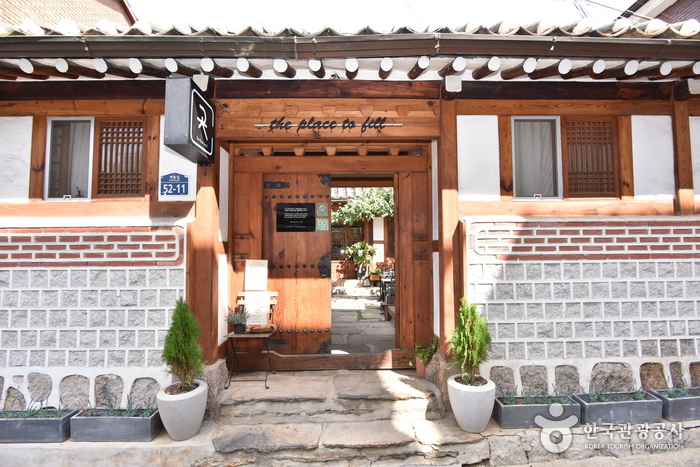
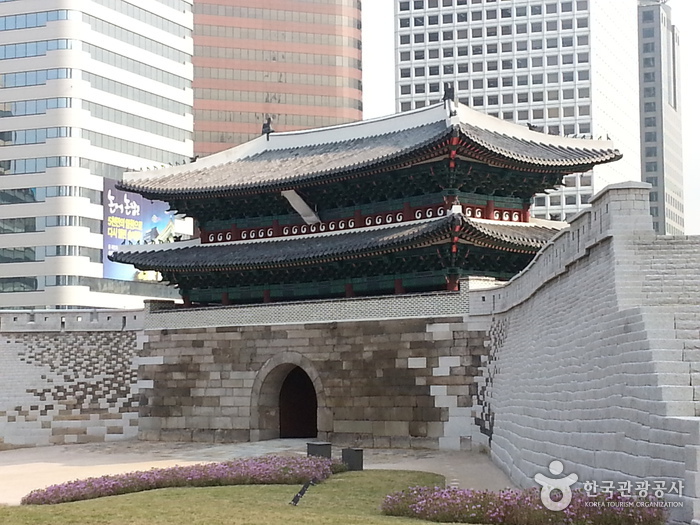
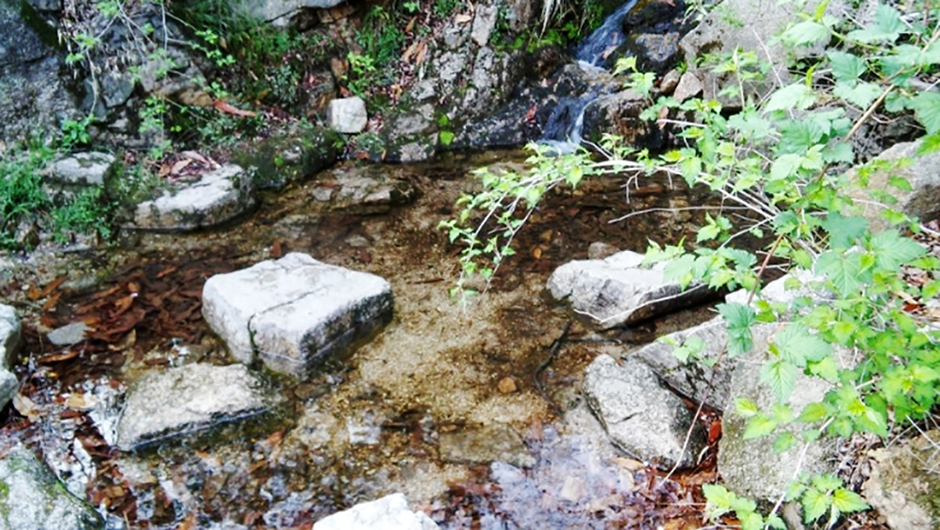
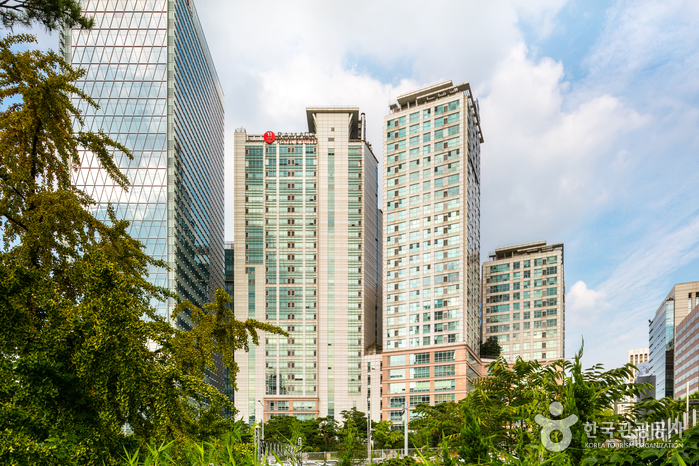
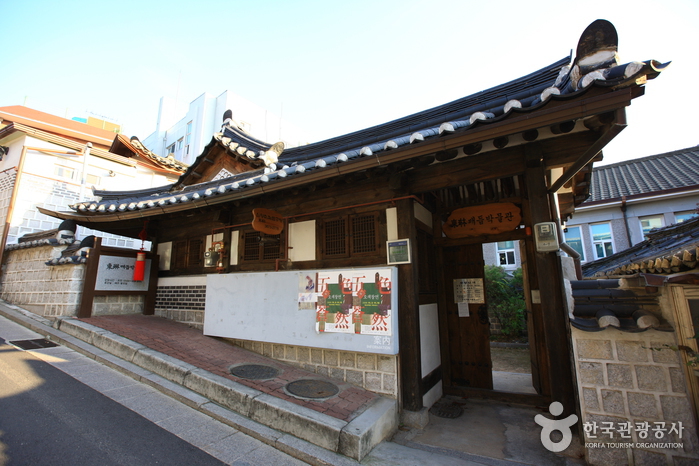
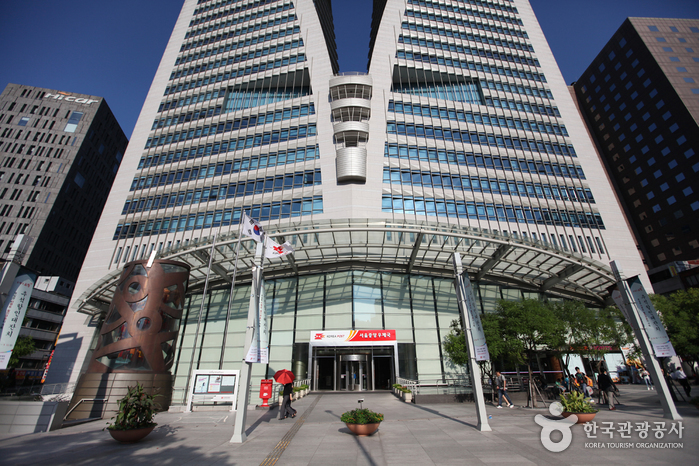
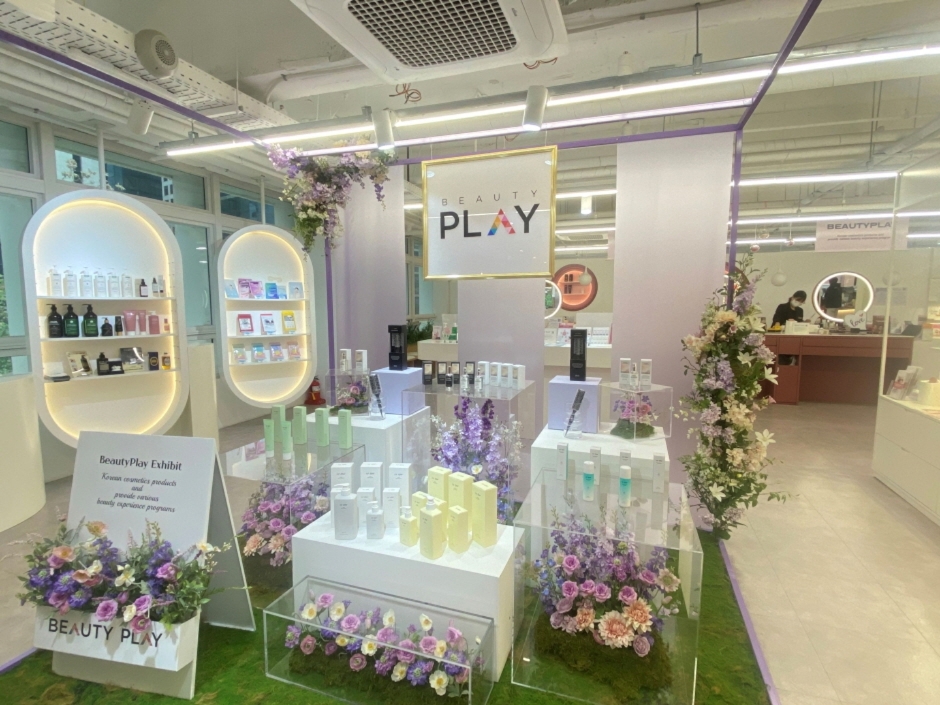

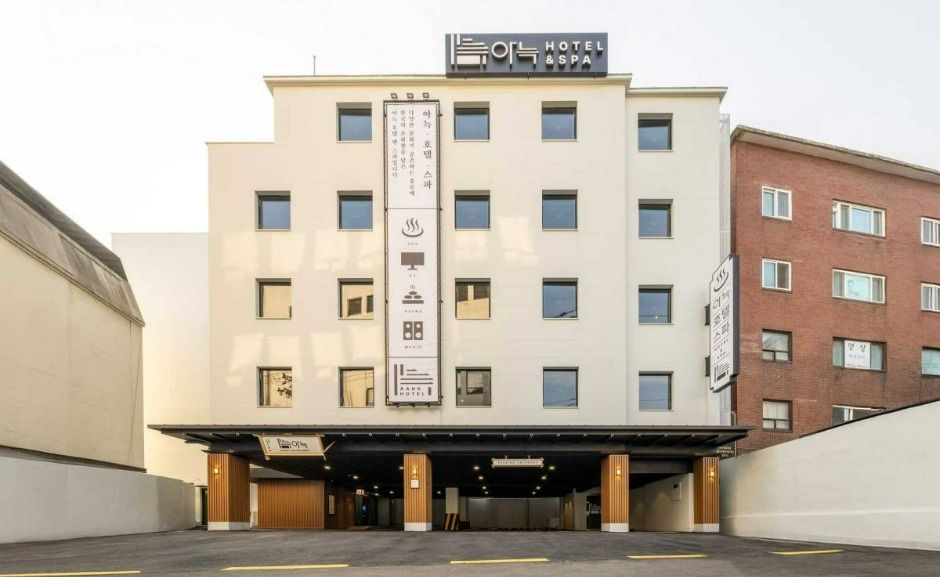
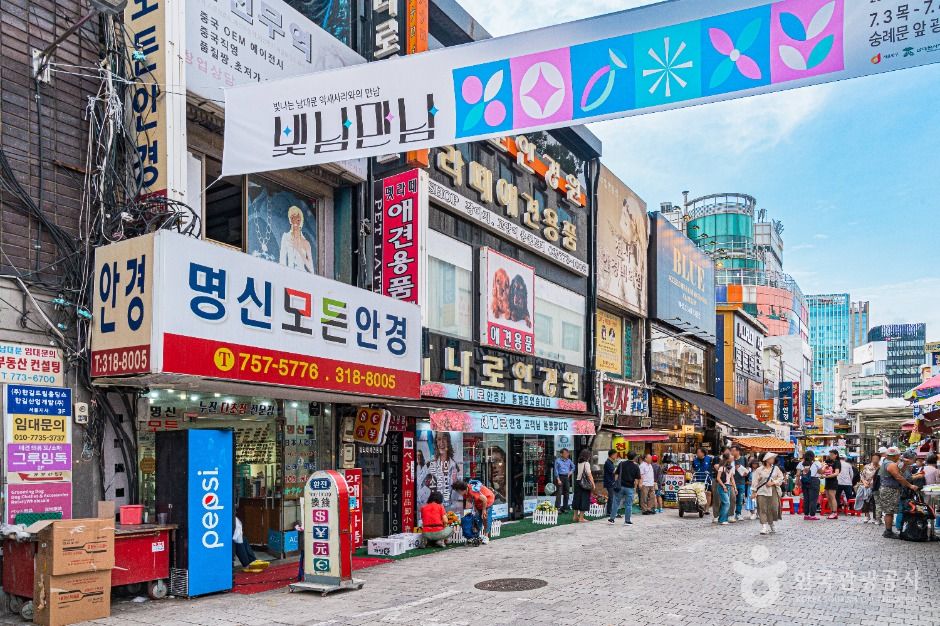
 Français
Français
 한국어
한국어 English
English 日本語
日本語 中文(简体)
中文(简体) Deutsch
Deutsch Español
Español Русский
Русский